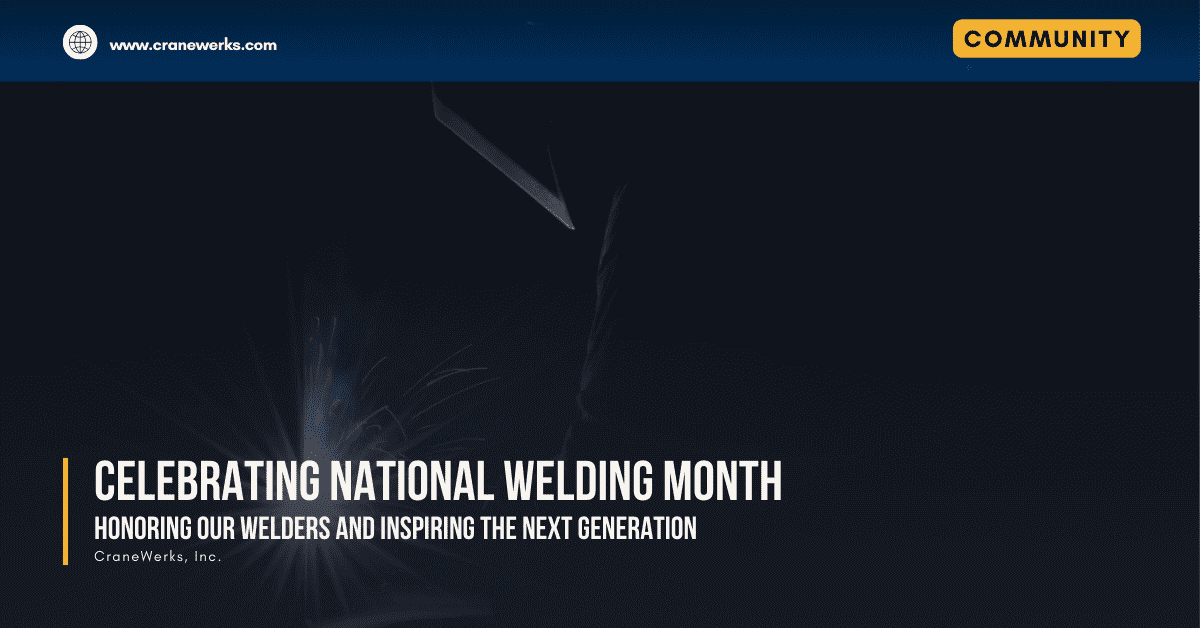Hand Injury Statistics
- There are 110,000 lost time cases due to hand injuries annually.
- 1 million workers are treated in an ER for hand injuries annually.
- 70% of workers who experienced a hand injury were not wearing gloves.
- Another 30% of victims had gloves on, but they were damaged or inadequate for the work task.
Source: www.bls.gov
3 Common Types of Hand Injuries
1. Lacerations
The most common type of hand injury, lacerations are due to sharp objects or tools. Often, inadequate gloves are used during an activity that involves a sharp tool. A glove with Kevlar is effective in protecting the hand against a cutting or slicing motion. A straight stab motion can still easily penetrate these gloves. Caution needs to be used when using sharp objects and any tools that can easily penetrate the skin.
2. Crush injuries
Usually due to employees placing their hands in the line of fire between two objects or on a rotating piece of equipment, crush injuries are another common hand injury. Pinch points on equipment or tools also commonly lead to crush injuries.
3. Fractures
Fractures occur when there is a sudden blow to the bones in the fingers or hands. Motor vehicle accidents often cause fractures to the hands. Another common cause of fractures is an individual extending out their hands to catch themselves from a fall.
Hand Safety Work Practices and Safety Procedures
- Use tools to remove your hands from the line of fire when doing a work task that could result in injury to your hands or fingers. Using tools such as push sticks when using a table saw is an example that removes your hands from the line of fire.
- Avoid using fixed open-blade knives. There are safety knives that limit the length of the blade exposed. They also have a safety feature that retracts the blade when pressure is let off the handle or switch that controls the blade.
- Never put your hand in an area where you cannot see it.
- Wear gloves and hand protection. But not just any gloves. Always wear the appropriate work gloves for whatever task you are doing. Understand the limitations of your gloves and what work tasks they are appropriate for.
- Never work on an energized piece of equipment. Lock and tag out the equipment to ensure there will not be an unintentional start-up while you are working on it.
Key Points
- What are some of the biggest hazards to our hands onsite? Identifying these risks is the first step toward prevention.
- Try a quick exercise at home. Next time you’re doing a simple task like setting the table, getting ready in the morning, or cleaning, try doing it with one or two fewer fingers. It sounds like a silly exercise, but it really puts into perspective how challenging everyday tasks would be without some of our fingers. It’s easy to take our health and abilities for granted when we’ve had them for so long.
With this in mind, take proactive steps to protect your hands and maintain your ability to perform both work and everyday tasks. Prioritize hand safety, use protective gear, and always stay vigilant. Let’s keep our hands safe and strong!
Take action today:
- Evaluate your work environment for potential hand hazards.
- Adopt safe practices and use the right protective equipment.
- Share this knowledge with your team and encourage hand safety awareness.
Remember, your hands are irreplaceable—protect them well!





